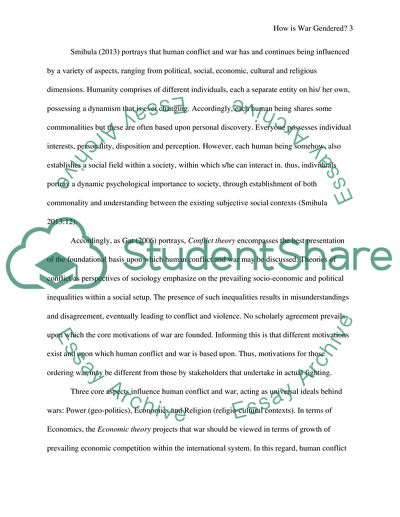Cite this document
(How is War Gendered Research Paper Example | Topics and Well Written Essays - 2500 words, n.d.)
How is War Gendered Research Paper Example | Topics and Well Written Essays - 2500 words. Retrieved from https://studentshare.org/social-science/1850960-international-relations
How is War Gendered Research Paper Example | Topics and Well Written Essays - 2500 words. Retrieved from https://studentshare.org/social-science/1850960-international-relations
(How Is War Gendered Research Paper Example | Topics and Well Written Essays - 2500 Words)
How Is War Gendered Research Paper Example | Topics and Well Written Essays - 2500 Words. https://studentshare.org/social-science/1850960-international-relations.
How Is War Gendered Research Paper Example | Topics and Well Written Essays - 2500 Words. https://studentshare.org/social-science/1850960-international-relations.
“How Is War Gendered Research Paper Example | Topics and Well Written Essays - 2500 Words”, n.d. https://studentshare.org/social-science/1850960-international-relations.


